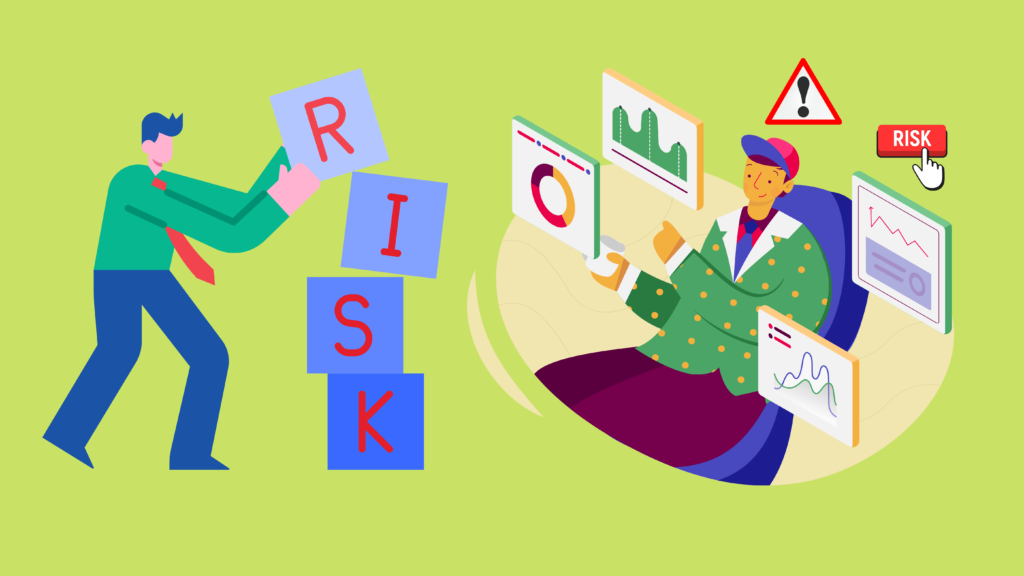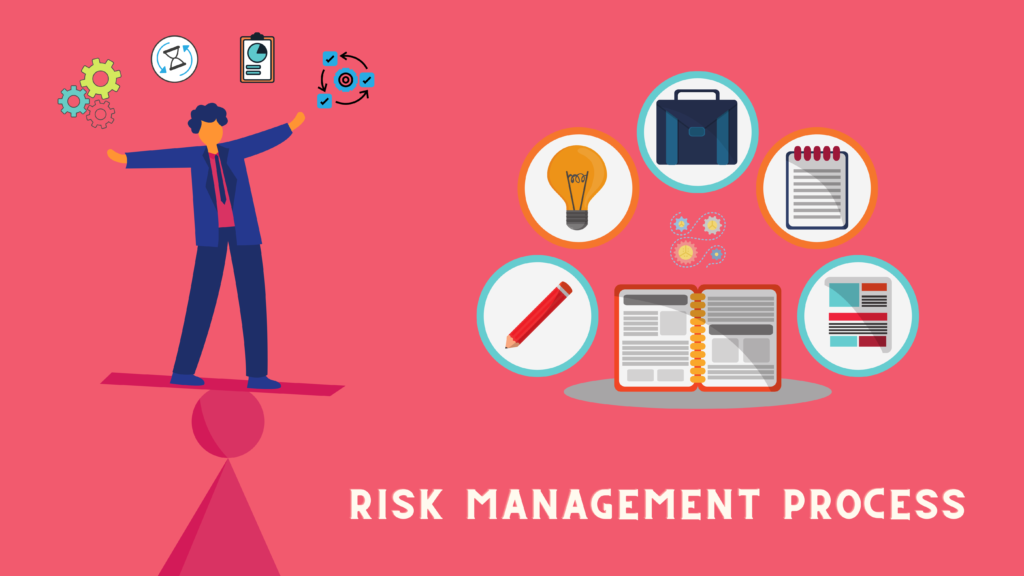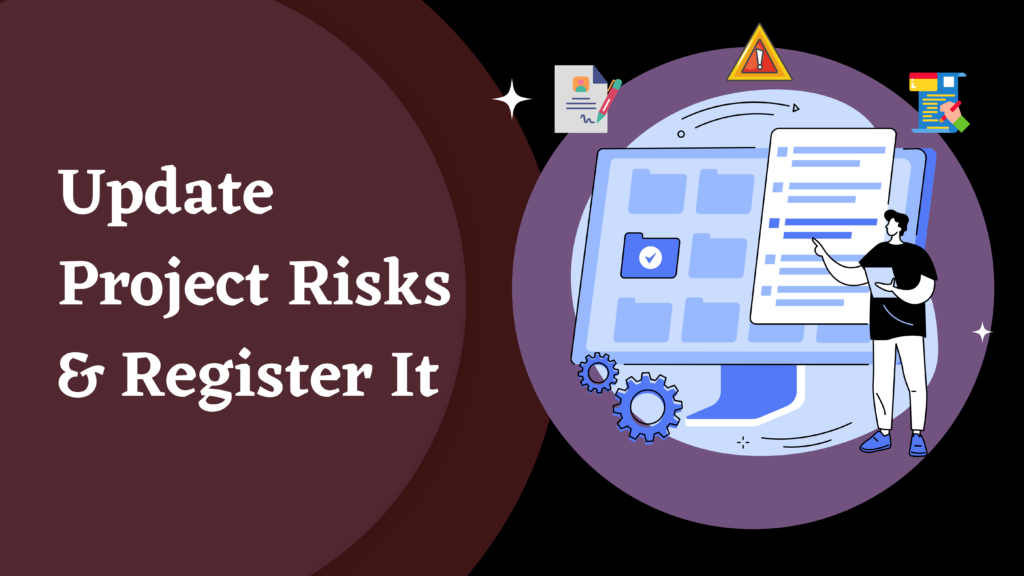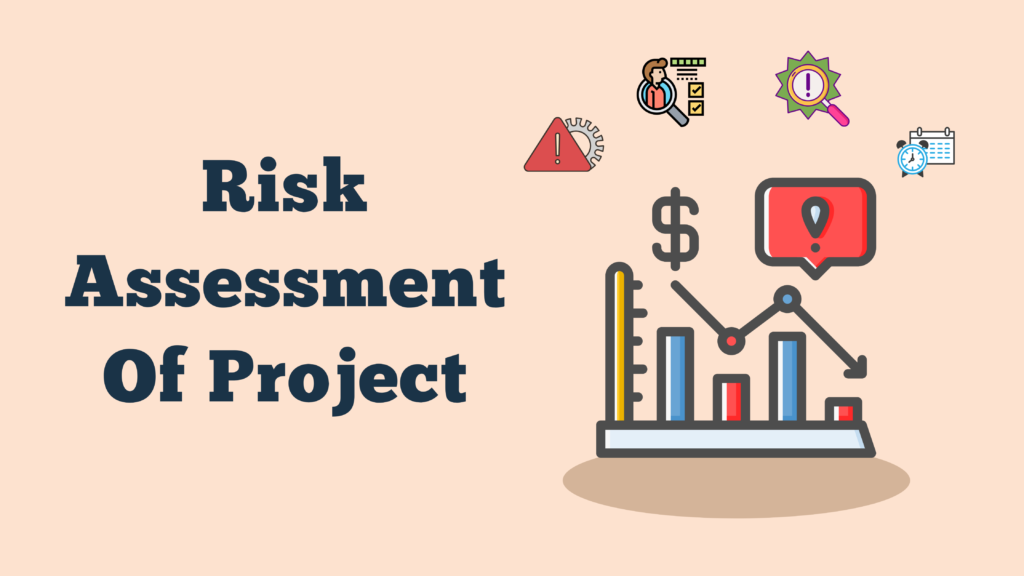
How to Manage Risk in Project Management: Effective Tips for Project Success
We are living in a world where risk is an unavoidable part of every project. The more risks that are taken, the greater the potential for success. However, if not managed correctly, risk can also lead to project failure. Many project managers are aware of the risks involved in their projects, but they may not be using all the available resources to minimize or manage risk in project management.
Project management is a complex process that requires effective planning and execution to ensure successful completion. But in order to effectively manage a project, it is essential to minimize the risk involved as well. In this article, we'll discuss what is risk management & its importance. Also, the steps of risk management in project management, and how to reduce project risks successfully.
So let's dive in and start off with the very basic…
What is Risk Management Process in Project Management

In the real world, risk management is known to be a process that helps you to identify and manage risks that could impact the success of a project. In other words, a crucial process of identifying and managing risks that could affect the success of all projects in your portfolio.
Moreover, it is something that you have to carry out on a daily basis. As a project manager, you are responsible for everything that happens on a project. This means you are responsible for managing any risks that are identified.
When you put together a project plan, you have to look at everything that could go wrong. Then you have to consider what you are going to do to deal with each of those issues. Include your proposed actions in the project plan. So, everyone can see what you are doing to manage the risk. You should also outline the potential impact of each issue and the likelihood of it occurring.
Risks That Can Potentially Impact Your Project

There are many risks that could potentially impact your project, some more serious than others. Here are seven of the most common ones to keep in mind:
1. Time delays: If you underestimate how long it will take to complete your project, you could run into time constraints that could disrupt your schedule and lead to additional costs.
2. Failure to meet expectations: If people who were expected to help you with your project don't show up or do their job properly, you could end up with a product or service that's not up to par.
3. Miscommunications: The workplace can be a difficult environment. With so many people working together, it's inevitable that there will be some miscommunications. But when miscommunications happen in the workplace, they can have serious consequences.
4. Unanticipated expenses: If you don't properly plan for and budget for unforeseen expenses, you could end up with a project that's over budget and behind schedule.
5. Poor communication: When you don't communicate with your team members, it can lead to misunderstandings and disagreements, which could result in delays or even financial issues.
6. Misunderstandings: If you don't have clear expectations about what will be needed from your subordinates or team members, it can lead to misunderstandings that lead to the risk of not getting the project done properly.
7. Incorrect specifications: If the specifications for a job are incorrect, you could end up with a product or service that doesn't work as expected leading to project risk.
Also Read: 11 Ways to Boost Your Project Management Efficiency
6 Effective Steps to Manage Risk in Project Management
We all know by now that risk management is a proactive process that requires the identification, evaluation, and prioritization of project risks. In order to efficiently manage risk in any project, there are a few key steps that must be followed.

Firstly, a clear and concise project scope must be created. This will help to identify all the potential risks and hazards that could affect the project, as well as the potential impact each could have. Secondly, appropriate mitigation measures should be put in place to minimize the likelihood of any potential disasters occurring. Once these steps are followed, you can effectively manage the risks in project management.
Here are the elaborated details of the key steps to manage risk in project management:
Step 1: Identify the Risk
There are a lot of risks that could impact your project. There are technical risks, there are project risks, there are people risks and there are even risks that you can't even think about. Identifying those risks early is important to be able to execute the risk management plan later on.
Step 2: Assign The Ownership of Identified Risk
Assign ownership of each identified risk to a team member who will be responsible for evaluating and mitigating that specific risk or taking advantage of that specific opportunity. In some cases, project managers may prefer to assign an identifier once the risks have been analyzed and prioritized. But in other instances taking this step early can help individuals better prepare themselves to mitigate risks or seize opportunities more effectively.
Step 3: Analyze Potential Impacts and Risk Factors
The next step is to consider each risk to determine its cause, scope, and potential impact. Figure out the possible risks associated with each step of your project. Be sure to prioritize hazards according to their strength and scope to fully understand the ramifications of each risk.
Step 4: Prioritize the Risk You Need to Handle
Determine the project's major risks according to how urgent they could possibly be and how they could impact the project.
Step 5: Respond to the Risk Accordingly
Adhere to the response strategy identified in your risk management process according to what the risks are, either by attempting to eliminate the risk event or by decreasing its impact if it does happen. This method should include building the response and taking steps to implement it.
Step 6: Observe and Make Changes as Required:
Monitor and review your risk management strategy and make changes as necessary. In other words, stay on top of your risk management strategy to make any required modifications.
Also Read: Business Process Management for Small Business
Risk Management & Minimization Tips To Ensure Project Success

The risk management process provides a roadmap for dealing with risks before they occur. Companies take a great deal of risk, especially when they don't have any form of backup plan. There are four common ways to minimize risk. Such as- Avoid, Accept, Reduce, and Transfer but only you can decide which is best for your situation. To help you with their decision-making and reduce the chances of project risk, here are the five risk mitigates to ponder upon for project success.
Make a Definite Risk Management Plan
The importance of a strong project plan cannot be overstated in the world of project management. These plans define the core methodology carried out by those involved in any given project from start to finish, including your risk management plan.
One interesting fact about risk management's role in facilitating projects is that even risks that have been defined as impossible can present themselves at any given time. The best way to prevent your team from being unprepared for dealing with the risks at hand is to make sure you have the appropriate infrastructure or plan set up around your organization so as to ensure you are able to troubleshoot problems that may arise and then address them appropriately before they become too big of an issue for all involved parties.
Sometimes it takes a great deal of time and effort to develop such a comprehensive plan. But the investment typically pays off by serving as a roadmap. This guides your team through all the different phases of their project.
Register Risks And Keep it Updated

In life, things happen. And more often than not, you can't predict them! By putting together a risk register to complement your risk management plan, you have an invaluable tool for staying on top of risks as they arise. You should keep the documents up-to-date. So that months down the road you can easily check-
- what happened and when
- how your team responded, and
- what new risks have surfaced that were previously undetected.
Use your risk register to keep track of what risks occurred and how things played out in response – maybe something similar to an incident report – along with any new emerging issues! Moreover, always stay up to date with this document. Keep an eye open for changes and make sure you're in sync with other planning deliverables. This will make it easy for you and your team members to track the status of the project.
Comprehend and Get To The Bottom of the Risk Event
A common risk management mistake is identifying the mere impact of a risk as to the actual risk itself. For example, one might consider “missing the deadline” as the chief risk associated with their project. This is technically true – however, missing the deadline is merely an outcome of not managing and mitigating this particular risk.
To avoid this pitfall, we suggest thinking about each identified risk in terms of what they could cause (impact) by way of related potential events that could lead to such consequences, rather than just how one might be negatively impacted through a particular outcome.
Therefore, getting to the bottom of your identified risk event will help you discern what actually concerns you most within said risks. And how to best preemptively manage them accordingly; thereby working towards preventing some potential calamities before they even begin!
Level up Your Skills in Project Management

When it comes to effectively managing and overcoming the risks that can be associated with any project, there's no denying that having a strong foundation of project management skills is essential. Undertaking formal training regarding project management will enable you to minimize risks that may arise as a result and also helps you to better plan for project troubles that otherwise might have been overlooked if you were not properly educated about what needs are required for your specific type of work.
There are many ways you can go about developing these skills to make sure you're as great at dealing with projects as possible. One of my favorite ways is by practicing often and ensuring you're always informed about the latest trends in this area. And, if you haven't already, I highly recommend attending conferences or workshops with other professionals in order to further enhance your career.
Be Less Reactive and More Proactive
Many project managers prefer to deal with crises as they arise, instead of planning for and actively designing against these types of events. However, when it comes down to preventing such issues from becoming critical problems, it is vital that you work towards identifying a way to avoid the crisis entirely. Its calls for them to act proactively instead of being too reactive in handling the problems.
Rather than waiting for something bad to happen and then coming up with a solution, take extra time in the project planning stages. Identify the risks associated with your project and reduce your chances of encountering them altogether by taking preventative measures.
Also Read: Best Productivity Tips At Work To Stay More Proactive
Assess Your Project Risk to be Able to Avoid It Better

Project management is a difficult and ever-changing profession. With increased accountability, more projects are now taking on greater risk. We need to understand that, the risk is a part of any project. But it can be especially challenging in high-risk projects. Managers need to assess & understand the risks involved with their projects and how to mitigate them. They also need to create a plan for dealing with any potential problems that could arise.
In order to do so firstly, they should understand the different types of risks and how they can impact their project. Then, they should identify and assess the potential risks associated with the project. Finally, they should implement risk management processes to mitigate the potential impacts of risks. By following these steps, any project manager can easily assess risks. And ensure that their project is successful and is capable of avoiding unnecessary risks.
Another effective way of avoiding or minimizing the risk can be by utilizing a comprehensive project management tool like WP Project Manager to better manage, analyze reports and organize projects. This allows project managers and team members to avoid common project management mistakes. It reduces the chance of project risks and reduces the likelihood that project management will fail.
